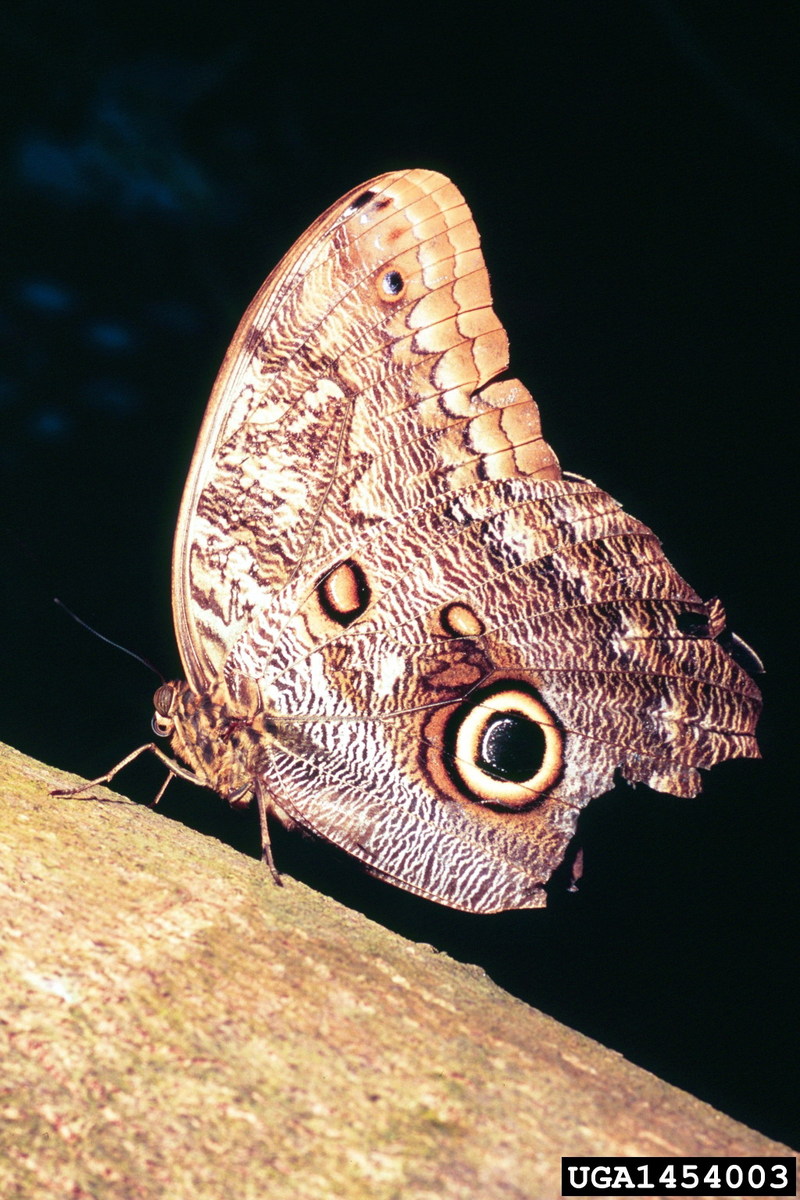|
| 질의: Large blue | 결과: 45번째/1062 | |
Owl Butterfly (Caligo memnon) (멤논올빼미나비)
| 제목: | Owl Butterfly (Caligo memnon) (멤논올빼미나비)
| | 올린이: | Phoby (phoby@notmyphoto.com)
| |

| 해상도: 1024x1536
파일크기: 453127 Bytes
촬영일: 2005:12:27 23:49:56
등록시간: 2005:12:27 23:51:01
|
owl butterfly
Insecta (Hexapoda) > Lepidoptera > Nymphalidae
Caligo memnon (C. & R. Felder, 1866)
Photographer: Jim Occi, BugPics
Descriptor: Adult(s)
Description: taken at the Butterfly Farm in St. Maarten
Image Citation:
Jim Occi, BugPics, www.forestryimages.org
Image Use:
This image may be copied and used, in whole or in part, for any non-profit, educational purpose provided that all reproductions bear an appropriate credit. Any commercial or other use of the image requires the written permission of the photographer or contact organization, and Forestry Images.
|
댓글 |
|---|
| | 손님 |
|
Caligo memnon - giant owl or pale owl
This large owl butterfly ranges from Mexico to Columbia from sea level to 1400 meters elevation. It is distinguished from similar species by its size (13cm wingspan) and blue-gray dorsal wings with cream-colored patch on forewing. Its ventral wing surface is brown and tan with many lines and two large eye spots. Eggs are laid in small clusters and caterpillars feed on the underside of large-leaved monocots in the Order Zingiberales, including the non-native banana (Musa acuminata: Musaceae). C. memnon is crepuscular, resting for most of the day, though adults are sometimes seen feeding during the day on their diet of rotting fruit and sap flows. Large eye spots on wings may resemble predator eyes, but the main anti-predatory behavior is likely crypsis with eye spots acting as targets for predators, allowing the butterfly time to escape. |
^o^
동물그림창고 똑똑전화 누리집
^o^
|
|
|